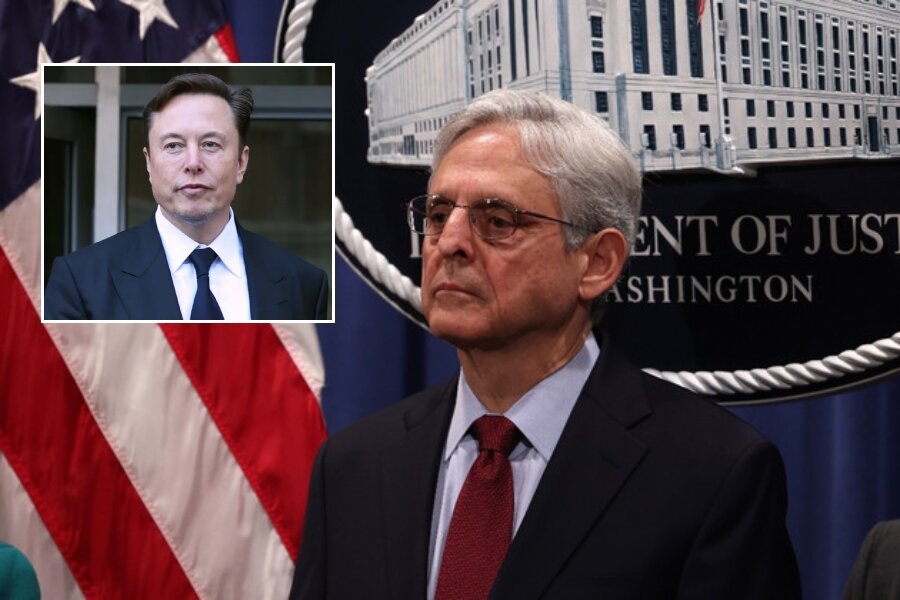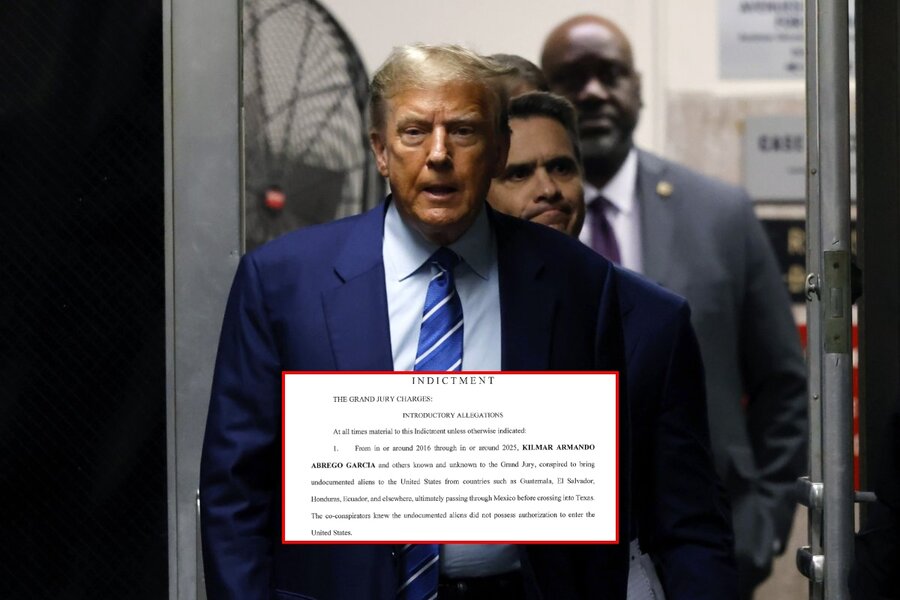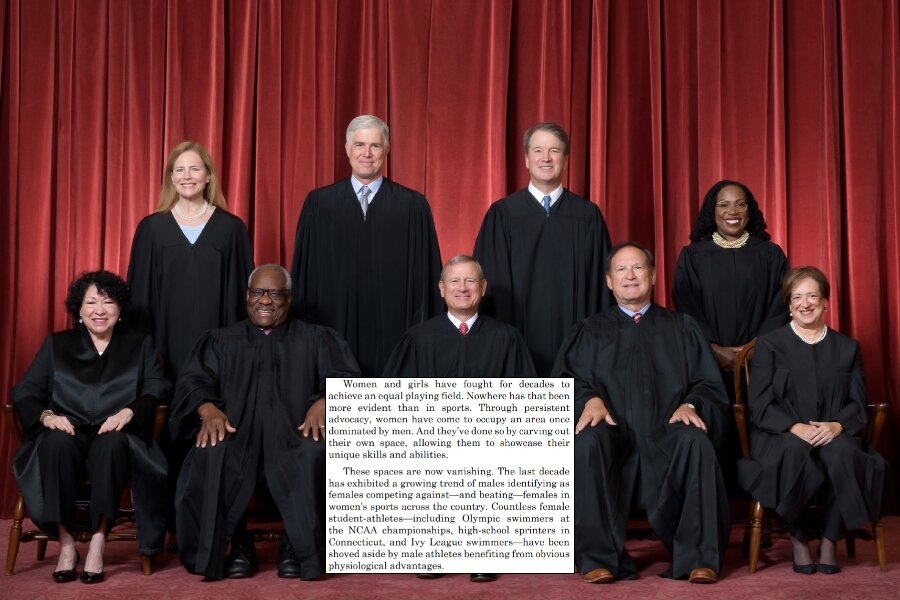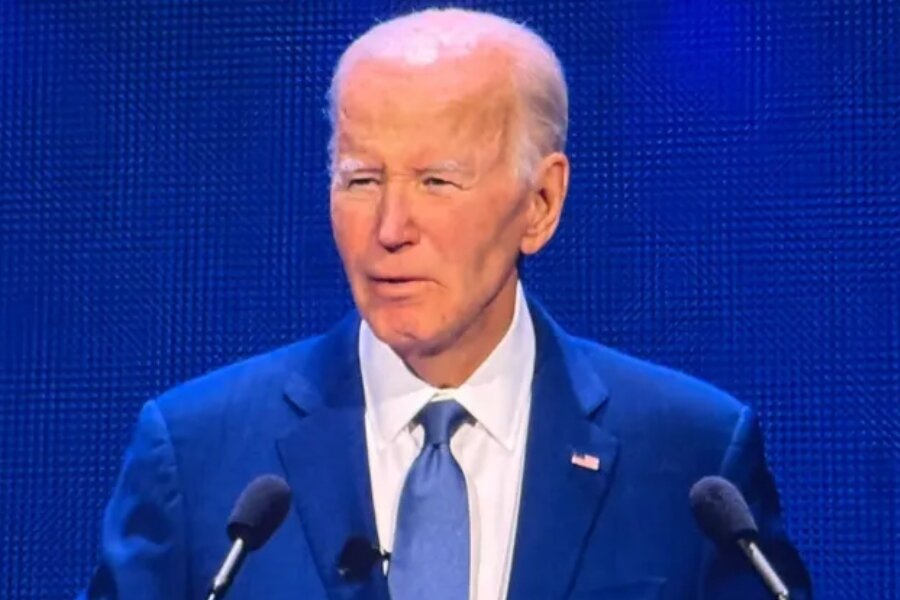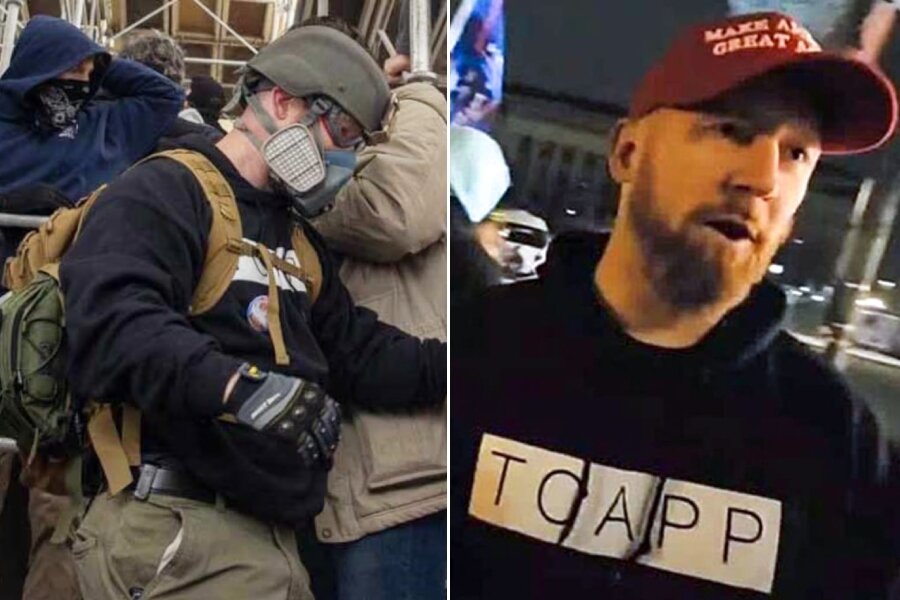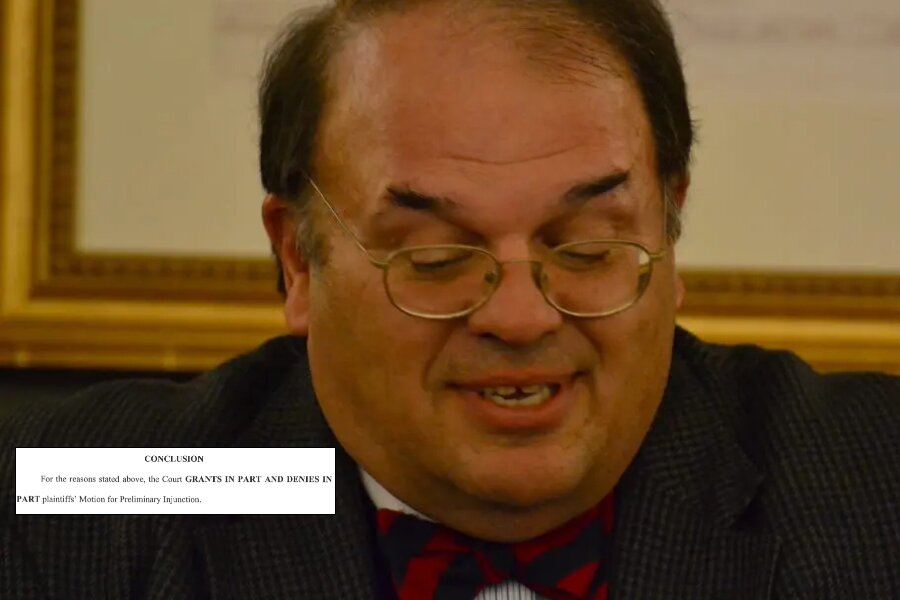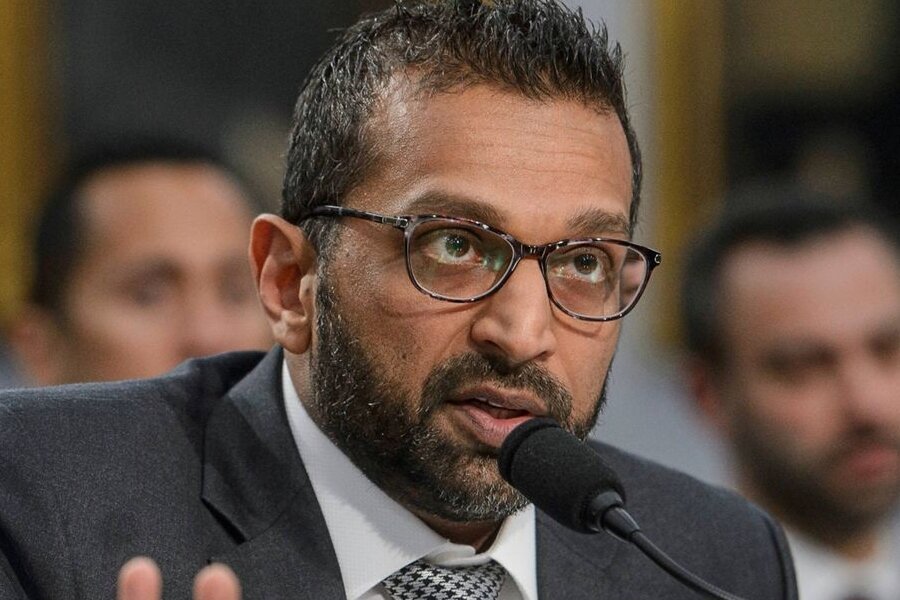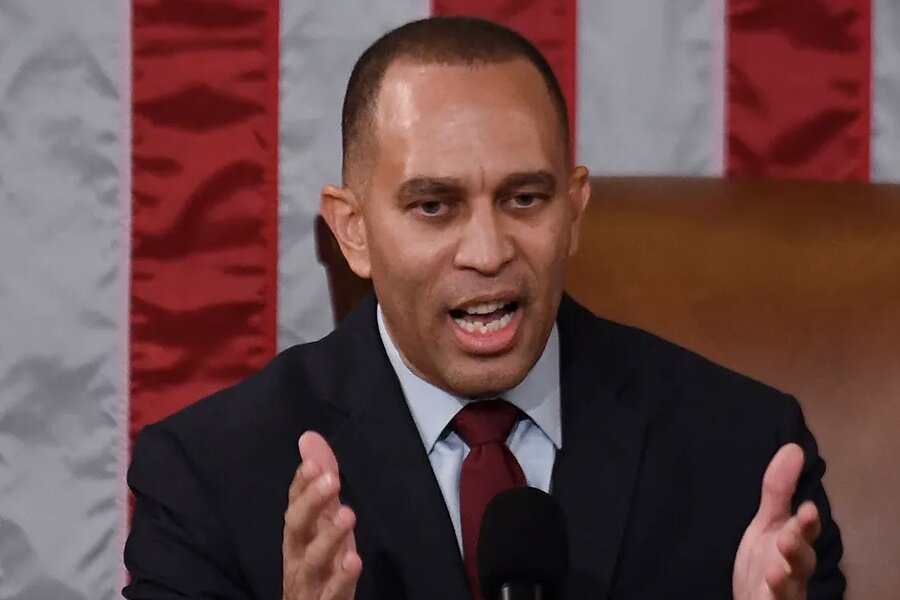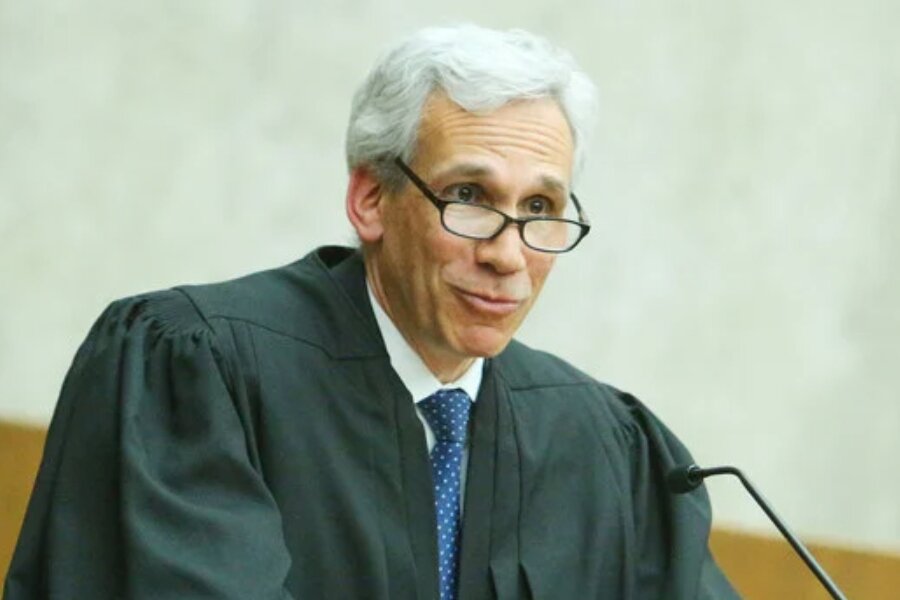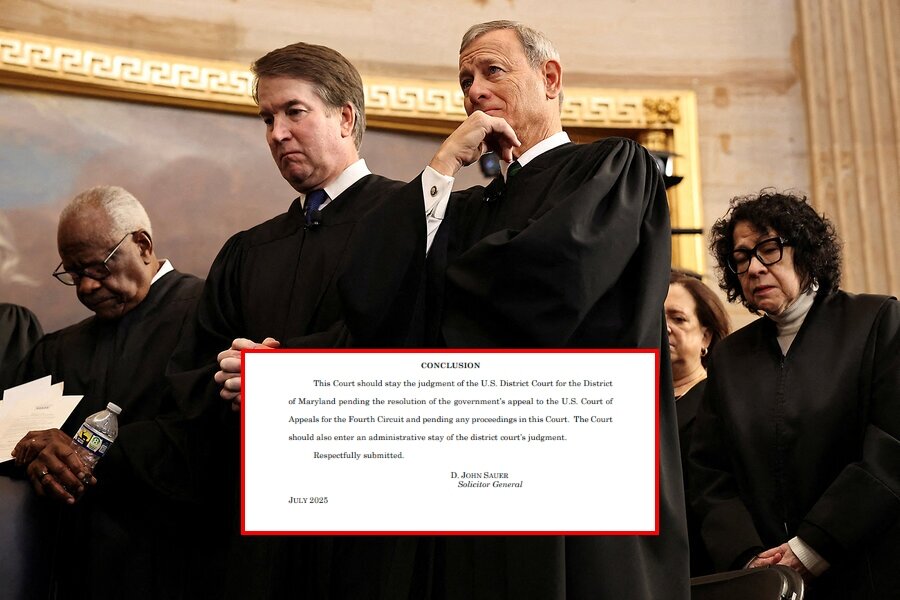Sources familiar with the matter have disclosed that prosecutors at the Department of Justice (DOJ) are examining whether Tesla, led by Elon Musk, could have committed securities or wire fraud. The investigation is centered on allegations that Tesla misled investors and consumers about the capabilities of its electric vehicles’ self-driving technology.
Reuters reports that U.S. prosecutors are scrutinizing Tesla’s self-driving technology claims to determine if the company misled investors and consumers.
Three sources familiar with the investigation say that the Justice Department is examining whether Tesla committed wire fraud, which involves deception in interstate communications, and securities fraud by misleading investors. The SEC is also investigating Tesla’s representations about driver-assistance systems to investors, according to one of the sources.
Tesla’s Autopilot and Full Self-Driving systems assist with steering, braking, and lane changes, but are not fully autonomous. The company has warned drivers to stay ready to take over driving, but the DOJ is looking into other statements made by Tesla and CEO Elon Musk suggesting its cars can drive themselves.
The investigation has been underway for a while now, with prosecutors reaching out to Tesla for details regarding its Autopilot and Full Self-Driving systems.
Although Tesla has provided voluminous documents, no decision on how to proceed has been made, as the Justice Department reportedly continues to sift through the data. The investigation will need to demonstrate that Tesla’s claims crossed a line from legal salesmanship to material and knowingly false statements that unlawfully harmed consumers or investors.
The safety risk involved in overselling self-driving systems, as well as fatal crashes involving Tesla vehicles with Autopilot engaged, has raised concerns among safety regulators and courts.
In April, a Washington State Patrol arrested a man on suspicion of vehicular homicide after his Tesla, with Autopilot engaged, struck and killed a motorcyclist while the driver looked at his phone. In a probable-cause statement, a trooper cited the driver’s “admitted inattention to driving, while on autopilot mode … putting trust in the machine to drive for him.”
Also, a recent NHTSA investigation into Autopilot found a “critical safety gap” in Tesla’s technology:
TechCrunch reports that the NHTSA’s Office of Defects Investigation released documents on Friday detailing the completion of an extensive body of work that uncovered evidence of Tesla’s weak driver engagement system being inappropriate for Autopilot’s permissive operating capabilities. This mismatch created a critical safety gap between drivers’ expectations of Autopilot’s operating capabilities and the system’s true capabilities, leading to foreseeable misuse and avoidable crashes.
According to the NHTSA, “This mismatch resulted in a critical safety gap between drivers’ expectations of [Autopilot’s] operating capabilities and the system’s true capabilities. This gap led to foreseeable misuse and avoidable crashes.”
The investigation, which began in 2021, reviewed 953 reported crashes up until August 30, 2023. Approximately half of these crashes were deemed insufficient in data, involved another vehicle at fault, found Autopilot not in use, or were otherwise unrelated to the probe. The remaining 467 crashes were categorized into three groups: 211 crashes where the Tesla struck another vehicle or obstacle with adequate time for an attentive driver to respond, 145 crashes involving roadway departures in low traction conditions, and 111 crashes involving roadway departures where the driver’s inputs inadvertently disengaged Autopilot.
Tesla has faced criticism for its messaging about the technology, including the brand names Autopilot and Full Self-Driving, which some argue have imbued customers with a false sense of security. In response, Tesla shareholders have sued the company, claiming they were misled about the technology’s capabilities.
Share your thoughts by scrolling down to leave a comment.

